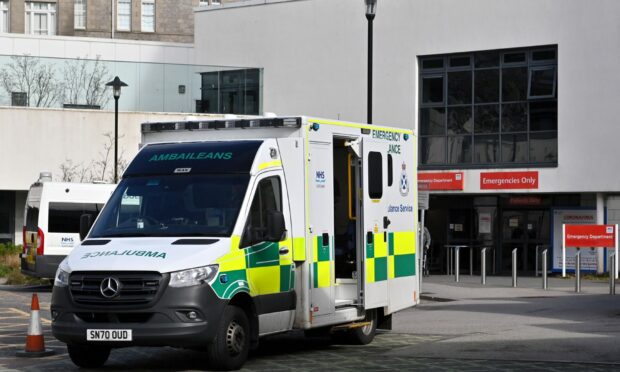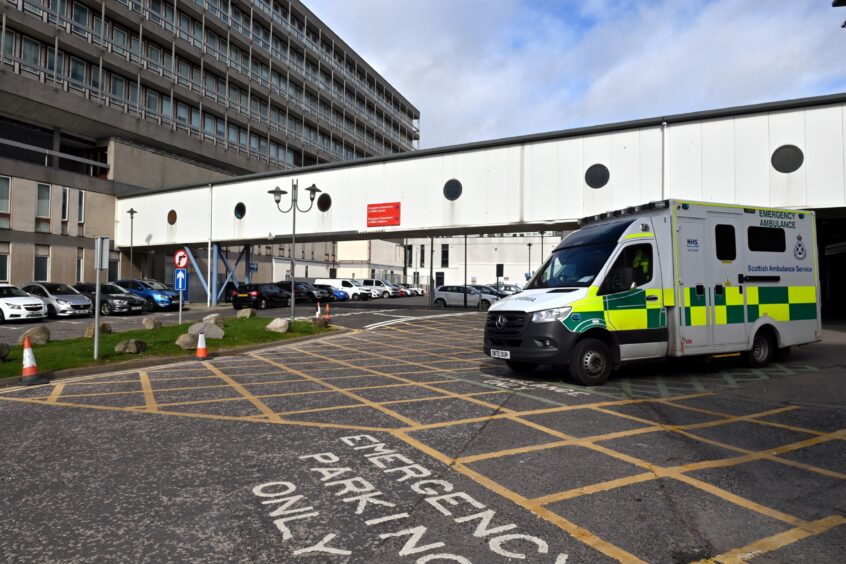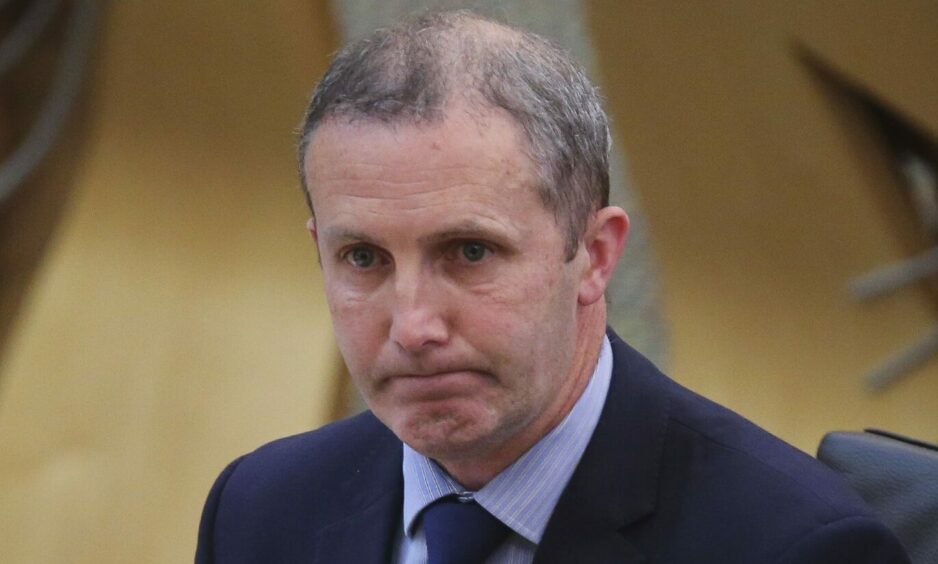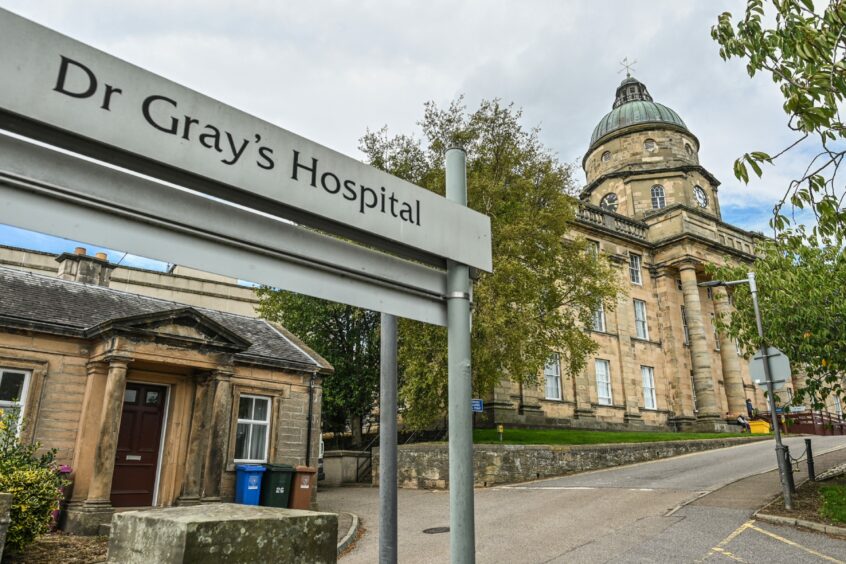NHS Grampian’s weekly A&E wait time performance was among the worst in Scotland – with just 47% seen within four hours at Aberdeen Royal Infirmary.
Around 60% of patients attending an emergency department in the region were seen within the four hour target in the seven days leading up to July 30. This compared with an average across Scotland of 69%.
It was down from 68% the previous week and a monthly high of 69% the week before.
A total of 197 patients waited over eight hours, while 34 were in the department for longer than 12 hours.
The situation was much worse at Aberdeen Royal Infirmary’s emergency department, where only 47% of the 1,078 patients who attended were seen in four hours or less.
At Dr Gray’s Hospital the figure was 69%, while at the Royal Aberdeen Children’s Hospital it was 93%.
NHS Highland reported a higher than average compliance of 76% with the four target.
Tory health spokeswoman and north-east MSP Tess White said it was “tragic” that more than a third of patients were waiting longer than four hours in summer.
‘Long waits can lead to needless loss of life’
She told The P&J: “Waiting times should be improving at this time of year but the fact the SNP Government is still miles off their target is proof of their mismanagement of health boards such as NHS Grampian.
“We know waits of these lengths can lead to needless loss of life which makes it extremely concerning that this is the health board’s worst performance since April 2.
“Despite the best efforts of the dedicated staff who are working round the clock, patients across the north-east continue to suffer from these appalling waiting times which continue to occur under the SNP’s watch.”
A&E wait times ‘stabilised’
The Scottish Government say 95% of patients should be seen within four hours of attending A&E — a target not met in Scotland since July 2020.
Health Secretary Michael Matheson insisted performance accident and emergency units has “stabilised”, but conceded it was still “not where it needs to be”.
Mr Matheson said: “Performance against the four hour target has stabilised. However, we know performance is still not where it needs to be and there is continued disparity in performance both between health boards and individual sites.”
Mr Matheson added: “Hospital bed occupancy continues to be a major factor impacting on performance which is why we are working to reduced instances of delayed discharge and are continuing to expand our Hospital at Home capacity.”
Sandra Macleod, portfolio lead for medicine and unscheduled care, said cases were always triaged, with those facing life-threatening situations admitted rapidly for life-saving treatment.
She said: “We have seen very little change in attendances to our emergency departments, and when coupled with other routes such as minor injuries and rapid assessment, appears to be increasing.
“We have a high volume of acutely ill patients arriving, requiring care more intensely and in many cases for longer, so the availability of our hospital beds is not enough to meet those who need admitted.
“This impacts on our ability to move people through ED and into beds, causing patients to spend longer in the department.”
Ms Macleod added: “It is important to note that the target is to see, treat and either admit patients to hospital or discharge them – it is not time spent in a waiting room before being seen.
“It is vital patients phone NHS 24 on 111 before attending the emergency department or a minor injury unit – unless the situation is life threatening, in which case you should call 999.
“Using the 111 service allows us to keep waiting times to a minimum and better manage hospital capacity.”



